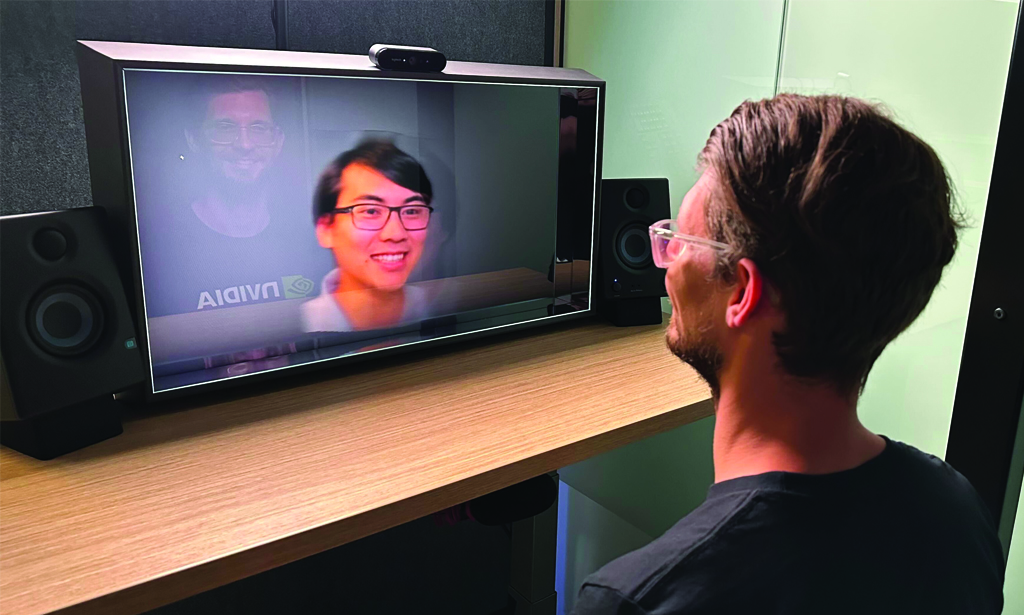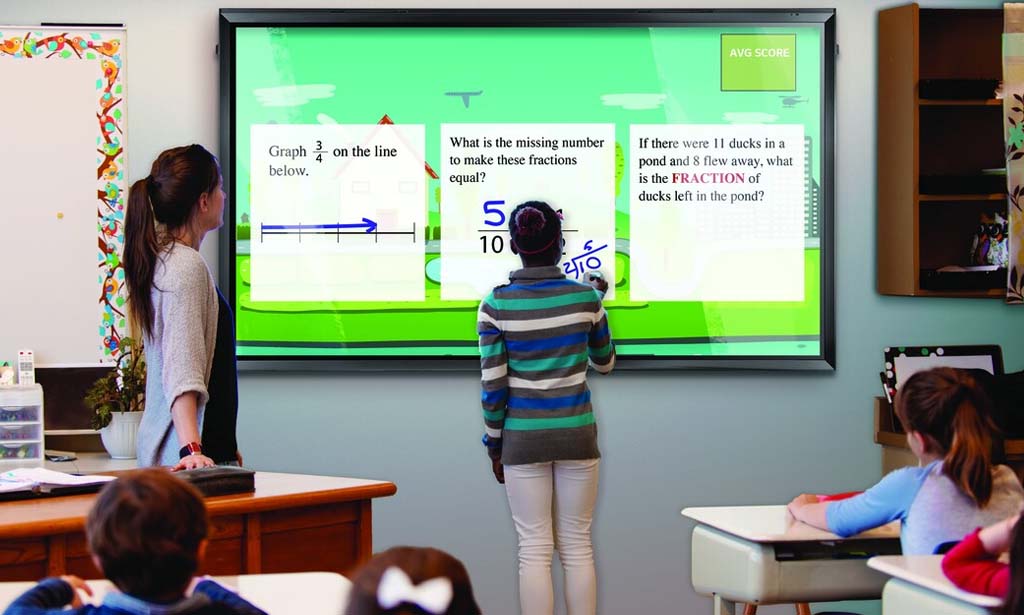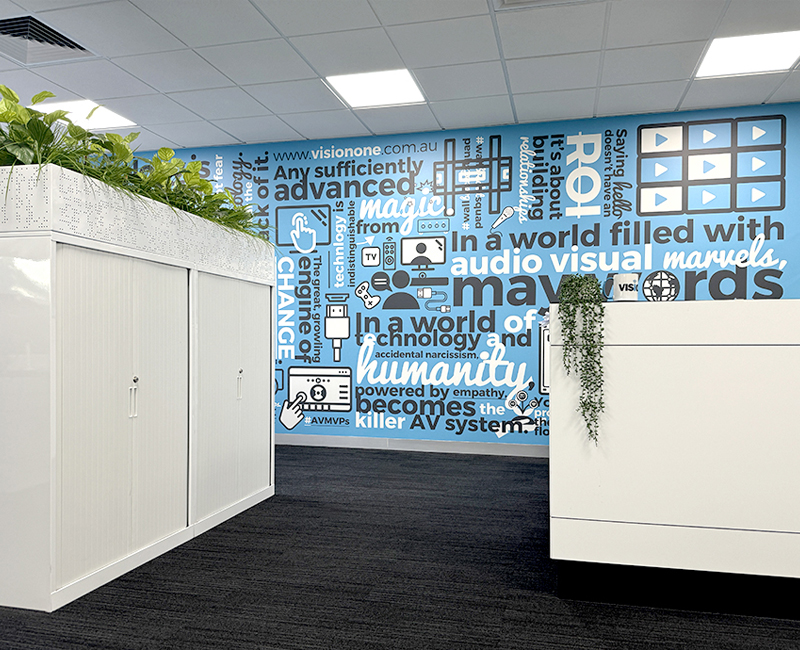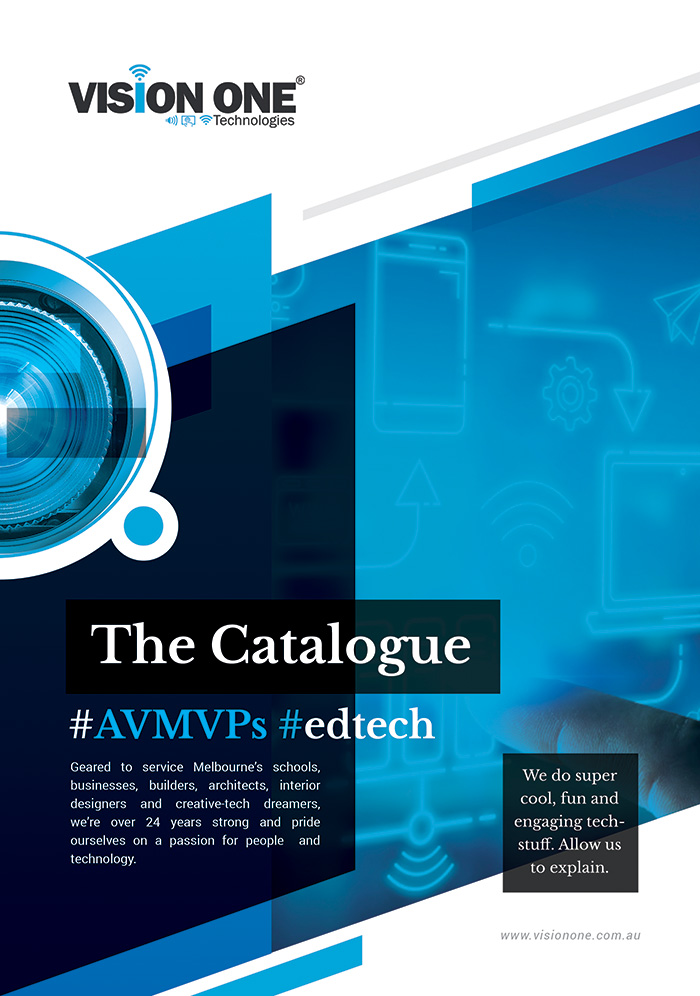Virtual Meetings: NVIDIA’s Breakthrough in AI-Enhanced 3D Video Conferencing
In a leap towards the future of communication, NVIDIA has unveiled an extraordinary breakthrough in...
The Evolution of Audio Visual Technology in Education
As technology continues to rapidly evolve, so too does its impact on education. Audio visual (AV)...
How AI is Transforming Pro AV
This article has been reposted from avnetwork.com. From automated presenter tracking embedded into video cameras,...












